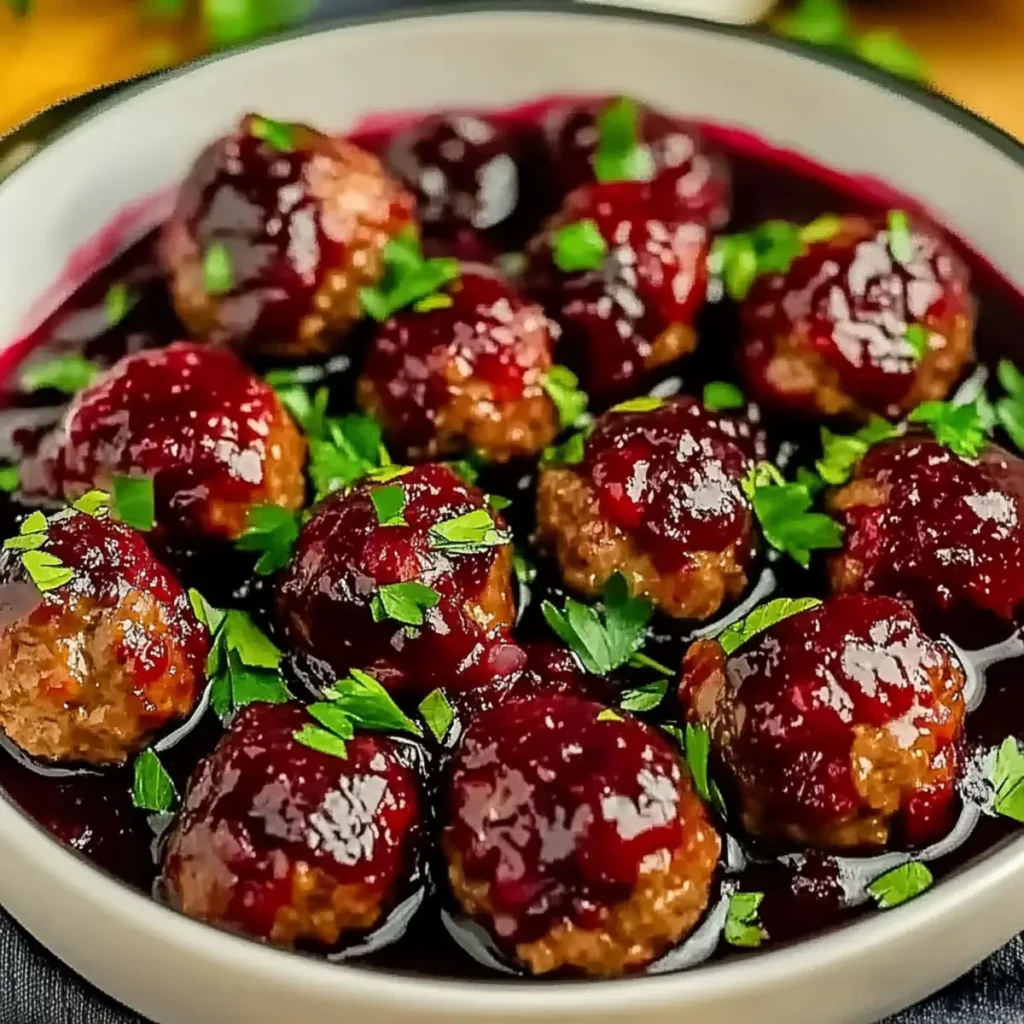Bison steak represents a culinary delight that combines rich flavor with impressive health benefits. As a leaner alternative to traditional beef, bison has been gaining popularity among health-conscious food enthusiasts and chefs alike. Known for its tender texture and slightly sweet taste, bison steak offers a unique dining experience that stands out in the world of red meats.
Originating from the vast North American plains, bison has been a staple in the diet of indigenous peoples for centuries. Today, it’s celebrated not only for its taste but also for its nutritional value. Bison is lower in fat and calories compared to beef, yet rich in essential nutrients like protein, iron, and vitamin B12. This makes it an excellent choice for those looking to enjoy a hearty steak without compromising on health.
Moreover, the sustainable farming practices often associated with bison production add to its appeal. Bison are typically grass-fed and raised without hormones or antibiotics, contributing to a cleaner and more environmentally friendly meat option.
In this guide, we’ll explore the various aspects of bison steak, from selecting the best cuts and preparing them for cooking to mastering different cooking techniques. Whether you’re a seasoned steak lover or new to the world of bison, this guide will provide you with all the information you need to enjoy this delicious and nutritious meat to its fullest.
Nutritional Value of Bison Steak
Leaner and Healthier Choice
- Lower Fat Content: Bison meat boasts a significantly lower fat content than beef, offering a leaner, healthier option for meat enthusiasts.
Protein-Rich
- High Protein Levels: Packed with protein, bison steak is excellent for muscle building and body repair, making it a top choice for a nutritious diet.
Vitamins and Minerals
- Rich in Essential Nutrients: Loaded with Vitamin B12, iron, and zinc, bison steak supports nerve function, blood health, and immune system strength.
Calorie-Conscious
- Lower in Calories: With fewer calories than traditional red meats, bison steak is ideal for those managing their calorie intake.
Heart-Healthy Benefits
- Supports Cardiovascular Health: The lean nature and omega-3 fatty acids in bison meat contribute to lower cholesterol levels and a reduced risk of heart disease.
Sustainable and Natural
- Eco-Friendly and Hormone-Free: Bison farming typically involves sustainable practices, with grass-fed, hormone-free animals, ensuring a cleaner and more natural meat option.
For more on the health benefits of lean meats, visit Healthline.
Selecting the Best Bison Steaks
Choosing the right bison steak is crucial for a satisfying culinary experience. Here are some tips to help you select the best quality bison steaks:
Look for Quality Indicators
- Color: Fresh bison meat should have a deep, rich red color. Avoid cuts that look dull or have brownish hues, as this can indicate aging.
- Marbling: While bison is leaner than beef, look for steaks with some marbling for the best flavor and tenderness.
- Texture: The meat should be firm to the touch and not overly soft or mushy.
Understand the Cuts
- Ribeye: Known for its flavor and tenderness, ideal for grilling.
- Sirloin: A leaner option that’s still tender, great for a variety of cooking methods.
- Tenderloin: The most tender cut, perfect for a special occasion.
- New York Strip: Offers a good balance of flavor and tenderness.
Source from Reputable Suppliers
- Grass-Fed and Sustainable: Opt for grass-fed bison from reputable suppliers who practice sustainable farming methods. Learn more about bison meat sustainability at the National Bison Association.
- No Hormones or Antibiotics: Choose bison that has been raised without the use of hormones or antibiotics for a cleaner and healthier meat option.
Check for Freshness
- Packaging: Ensure the packaging is intact with no tears or excessive liquid.
- Sell-By Date: Always check the sell-by date to ensure you’re getting the freshest meat.
Ask Your Butcher
- Expert Advice: Don’t hesitate to ask your butcher for recommendations on the best cuts and tips for cooking bison steak.
Consider Online Options
- Online Specialty Stores: If local options are limited, consider reputable online stores specializing in bison meat.
For those interested in exploring other unique meat dishes from around the world, our Carne Picada: A Journey Through Flavor and Tradition offers a fascinating look into a dish that, like the Traditional Laotian Meat Salad, is rich in history and flavor.
Preparing Bison Steak for Cooking
Thawing with Care
- Gradual Thawing: For the best texture and flavor, thaw bison steak slowly in the refrigerator. Avoid rapid thawing methods as they can affect the meat’s quality.
Marinating for Flavor
- Marinade Options: Enhance the steak’s flavor with a simple marinade. Ingredients like olive oil, lemon juice, and herbs complement the natural taste of bison.
- Marinating Time: Since bison meat is leaner, a shorter marinating time is often sufficient. A few hours to overnight is ideal, depending on the recipe.
Bringing to Room Temperature
- Even Cooking: Allow the steak to sit at room temperature for about 20-30 minutes before cooking. This step ensures even cooking and helps in achieving the perfect doneness.
Gentle Tenderizing
- Minimal Tenderizing Needed: Bison steak is naturally tender. If needed, use a meat mallet gently, but avoid over-tenderizing to maintain the meat’s integrity.
Pre-Seasoning
- Seasoning Before Cooking: Right before cooking, season the steak with salt, pepper, and other desired spices. This helps to form a delicious crust and seals in flavors.
If you enjoy the fresh and vibrant flavors in our Traditional Laotian Meat Salad, you might also appreciate the creative use of fruit in savory dishes as seen in our Fish Tacos with Mango Salsa: Flavorful Variations & Expert Tips, where mango salsa adds a delightful twist.
Cooking and Serving Bison Steak
Cooking Techniques for Bison Steak
Grilling for a Smoky Flavor
- Preheat the Grill: Ensure your grill is hot before placing the steak on it. This helps in searing the meat and locking in flavors.
- Direct Heat: Cook the bison steak over direct heat to get a nice char on the outside while keeping the inside juicy.
- Short Cooking Time: Due to its lean nature, bison steak cooks faster than beef. Watch the steak closely to avoid overcooking.
Pan-Searing for a Crispy Exterior
- High Heat Pan Searing: Use a cast-iron skillet or heavy pan for an even, high-heat sear.
- Minimal Oil: Since bison is lean, a small amount of oil or butter is recommended to prevent sticking and to add flavor.
- Searing Each Side: Cook each side just long enough to develop a rich, brown crust, typically a few minutes per side depending on thickness.
Sous-Vide for Even Cooking
- Precise Temperature Control: Sous-vide allows for precise temperature control, ensuring the steak is cooked evenly throughout.
- Retains Moisture: This method is excellent for retaining moisture, making the steak tender and flavorful.
- Finish with a Sear: After sous-vide cooking, quickly sear the steak in a hot pan to develop a flavorful crust.
Broiling for Convenience
- High Heat Broiling: Place the steak under a preheated broiler for a quick and efficient cooking method.
- Close Monitoring Required: Due to the high heat, it’s important to monitor the steak closely to prevent overcooking.
Slow Cooking for Tenderness
- Low and Slow: Cooking bison steak at a low temperature for a longer period can tenderize tougher cuts.
- Moist Cooking Environment: Use a slow cooker or a covered pot in the oven to create a moist cooking environment.
Ideal Cooking Temperatures and Times for Bison Steak
Bison steak requires careful attention to cooking temperatures and times due to its leaner composition compared to beef. Here are some guidelines to achieve the perfect doneness:
Temperature Guide
- Rare: Aim for an internal temperature of around 120°F to 125°F. The meat should be warm through the middle with a bright red center.
- Medium-Rare: Target an internal temperature of 130°F to 135°F. This level is often recommended for bison, offering a warm, slightly pink center.
- Medium: Cook to an internal temperature of 140°F to 145°F. The steak will have a hot, pink center with increased firmness.
Cooking Times
- Thickness Matters: Cooking times will vary based on the thickness of the steak. Use these guidelines as a starting point and adjust based on your specific cut.
- 1/2 Inch Thick Steak:
- Rare: About 2-3 minutes per side.
- Medium-Rare: 3-4 minutes per side.
- Medium: 4-5 minutes per side.
- 1 Inch Thick Steak:
- Rare: 4-5 minutes per side.
- Medium-Rare: 5-6 minutes per side.
- Medium: 6-7 minutes per side.
- 1 1/2 Inches Thick Steak:
- Rare: 5-6 minutes per side.
- Medium-Rare: 6-7 minutes per side.
- Medium: 7-8 minutes per side.
Resting Time
- Allow to Rest: After cooking, let the steak rest for about 5-10 minutes. This allows the juices to redistribute, ensuring a moist and flavorful steak.
Use a Meat Thermometer
- Check Internal Temperature: For the most accurate results, use a meat thermometer to check the internal temperature of your steak.
Serving Suggestions for Bison Steak
Once you’ve perfectly cooked your bison steak, serving it in a way that complements its rich flavor and tender texture is key. Here are some suggestions to elevate your bison steak meal:
Pairing with Side Dishes
- Vegetables: Serve with grilled or roasted vegetables like asparagus, bell peppers, or Brussels sprouts for a healthy and colorful addition.
- Starches: Pair with mashed potatoes, sweet potato fries, or a wild rice blend to add heartiness to the meal.
- Salads: A fresh green salad with a light vinaigrette can balance the richness of the steak.
Sauce Accompaniments
- Red Wine Reduction: A classic choice that pairs wonderfully with the robust flavor of bison.
- Herb Butter: A dollop of herb-infused butter melting on top of the steak adds richness and depth.
- Mushroom Sauce: A creamy mushroom sauce can complement the steak’s earthy tones.
Presentation Tips
- Slicing: Slice the steak against the grain before serving. This cuts through the muscle fibers, making each bite more tender.
- Plating: Arrange the steak slices in a fan shape for an appealing presentation.
- Garnishing: Add a sprig of rosemary or thyme for an aromatic touch.
Wine Pairing
- Red Wines: Choose a full-bodied red wine like Cabernet Sauvignon or a Syrah to match the steak’s bold flavors.
- Lighter Options: For a lighter pairing, a Pinot Noir can provide a nice balance.
Alternative Serving Ideas
- Steak Salad: Slice the steak thin and serve atop a hearty salad for a lighter meal.
- Steak Sandwich: Use the sliced steak in a gourmet sandwich with caramelized onions and blue cheese.
FAQs for Bison Steak
Is Bison a Good Steak?
Yes, bison is an excellent choice for steak. It is known for its rich, slightly sweet flavor and tender texture. Bison steak is also a healthier option compared to traditional beef due to its lower fat content and higher protein levels. Additionally, it’s a sustainable meat choice, often grass-fed and free from hormones and antibiotics.
What is the Best Way to Cook Bison Steak?
The best way to cook bison steak is to use methods that highlight its natural flavors while ensuring it doesn’t dry out, due to its lower fat content. Grilling and pan-searing are popular methods. It’s important to cook bison steak at a lower temperature than beef and to avoid overcooking. Medium-rare to medium is often recommended for the best texture and taste.
Is Bison Steak Expensive?
Bison steak can be more expensive than regular beef. This is due to several factors, including the lower fat content, the more sustainable farming practices often used in raising bison, and the fact that bison herds are generally smaller than cattle herds. However, many people find the cost justifiable due to its nutritional benefits, superior flavor, and sustainable farming practices.
Does Bison Meat Taste Like Beef?
Bison meat does have a similar flavor profile to beef but with notable differences. It is often described as having a richer, slightly sweeter taste. The texture is tender, much like high-quality beef, but it tends to have a cleaner, more distinct flavor. People often find it less gamey than other wild meats, making it a great alternative for those who enjoy beef but are looking for something slightly different.
Conclusion
Bison steak offers a delightful and healthy alternative to traditional red meats. With the right selection, preparation, and cooking techniques, you can enjoy a delicious and nutritious meal that satisfies both taste and health.
Looking for the perfect side dish to complement your Traditional Laotian Meat Salad? Our Ultimate Guide to Corn on the Cob provides easy and delicious options that pair wonderfully with the robust flavors of the salad.





